Apple Pay poised for 2026 Philippine launch
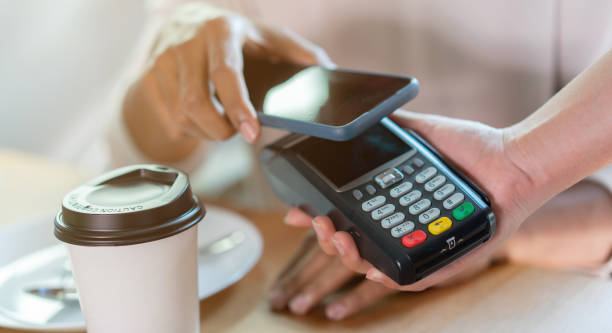
Apple Pay may finally make its long-anticipated debut in the Philippines next year. This a move that would bring the global finance giant into one of Southeast Asia’s emerging digital payments markets.
The expected rollout comes on the heels of Google Pay going live this month. It sets the stage for fierce competition between two Silicon Valley rivals eager to tap into the country’s increasingly digital-savvy consumers.
“Hopefully next year, but we don’t have any available date yet,” said Lito Villanueva, founding chair of the Fintech Alliance Philippines.
Villanueva said that the local fintech industry is looking forward to an “early” launch for Apple Pay.
He noted that Google Pay’s early lead was no accident. The app has been officially available in the Philippines since Nov. 18.
Google Pay launched with seven partner financial institutions—China Bank, EastWest Bank, GoTyme Bank, Maya Bank, RCBC, UnionBank and Wise.
“Good thing that Google Pay was able to be the first one to roll it out here in the country, given that 80 percent of Filipinos in the Philippines use Android,” Villanueva added.
Apple Pay and Google Pay function by storing users’ debit and credit card details on smartphones, enabling seamless cashless transactions. These apps are typically preinstalled on devices and often work exclusively with their respective operating systems.
Their entry into the Philippines makes strategic sense. Smartphone penetration in the country is among the highest in the world. The government is rolling out cashless payments across Metro Manila’s busy railway systems.
Latest data from the Bangko Sentral ng Pilipinas (BSP) show that digital payments cornered 57.4 percent of the total volume of retail transactions in the country in 2024. This was an increase of 4.6 percentage points from 52.8 percent in 2023.
Such a result surpassed the government’s 2024 goal to convert 52 percent to 54 percent of retail transactions to digital.
In terms of value, total monthly digital payments reached $136 billion last year. That accounted for 59 percent of the nation’s overall retail transaction value.
BSP data also show that 97.2 percent of transactions made by the government were done via digital channels. This is the most cash-lite among the three primary payment use-cases that the central bank tracks.
Also, the BSP said almost 100 percent of payments made by the state—including capital transfers to municipalities, procurements, payroll and cash transfers to the poor—were done electronically.













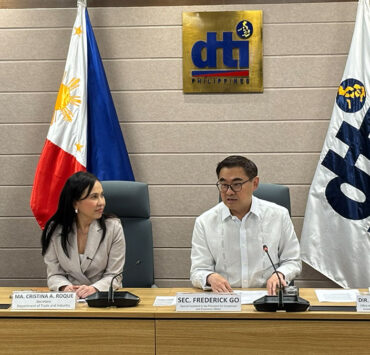
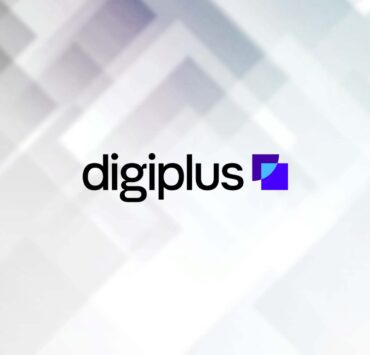
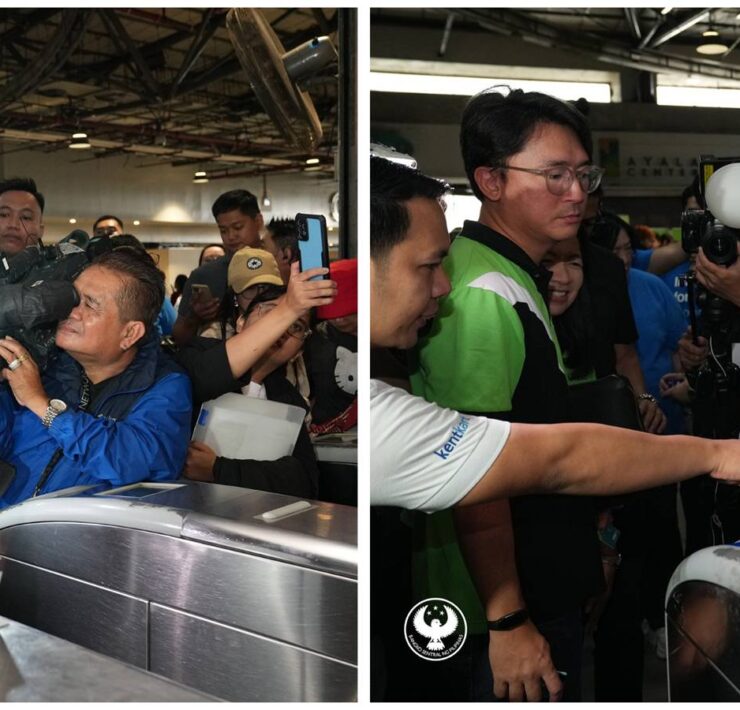

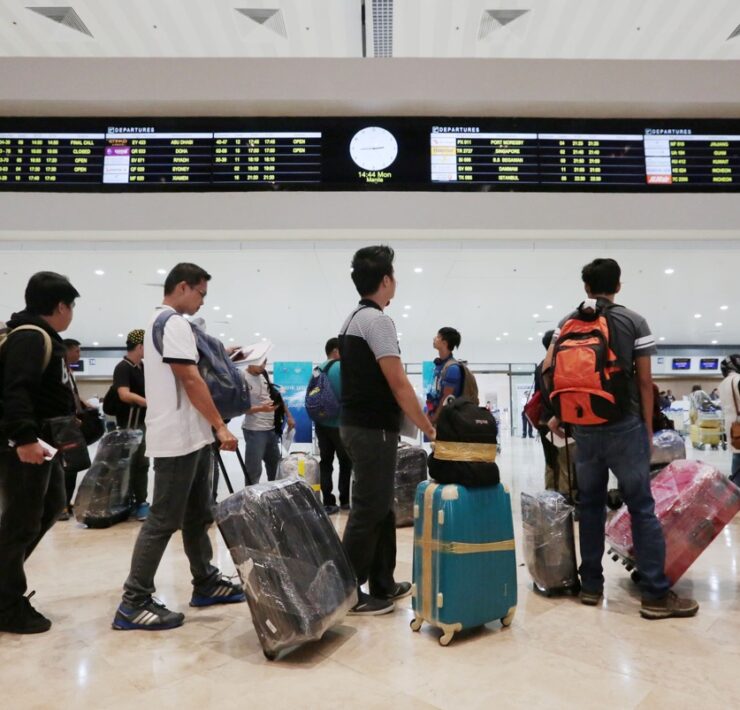
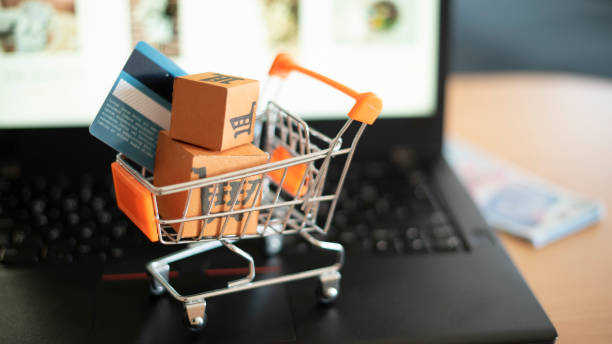


Listen, correct contradictions, and save our farmers